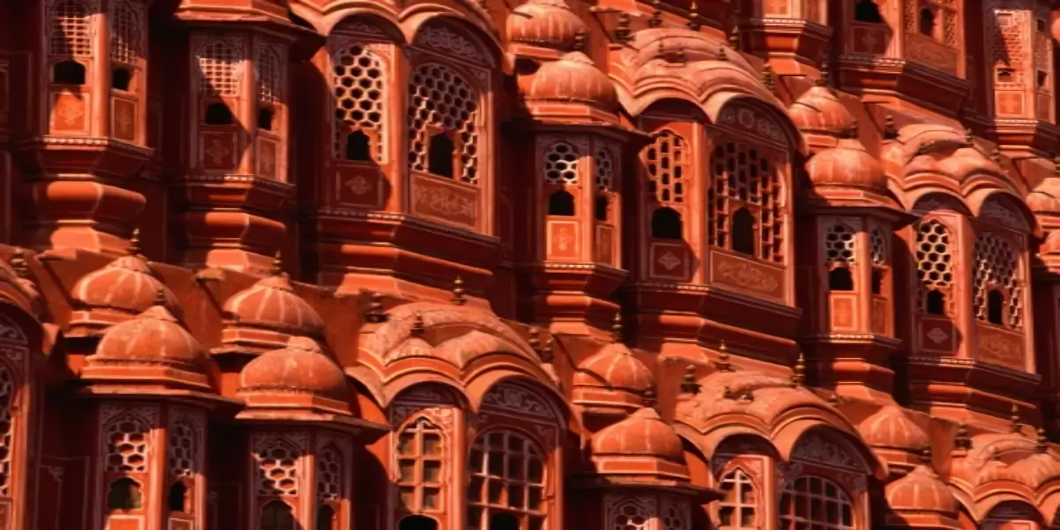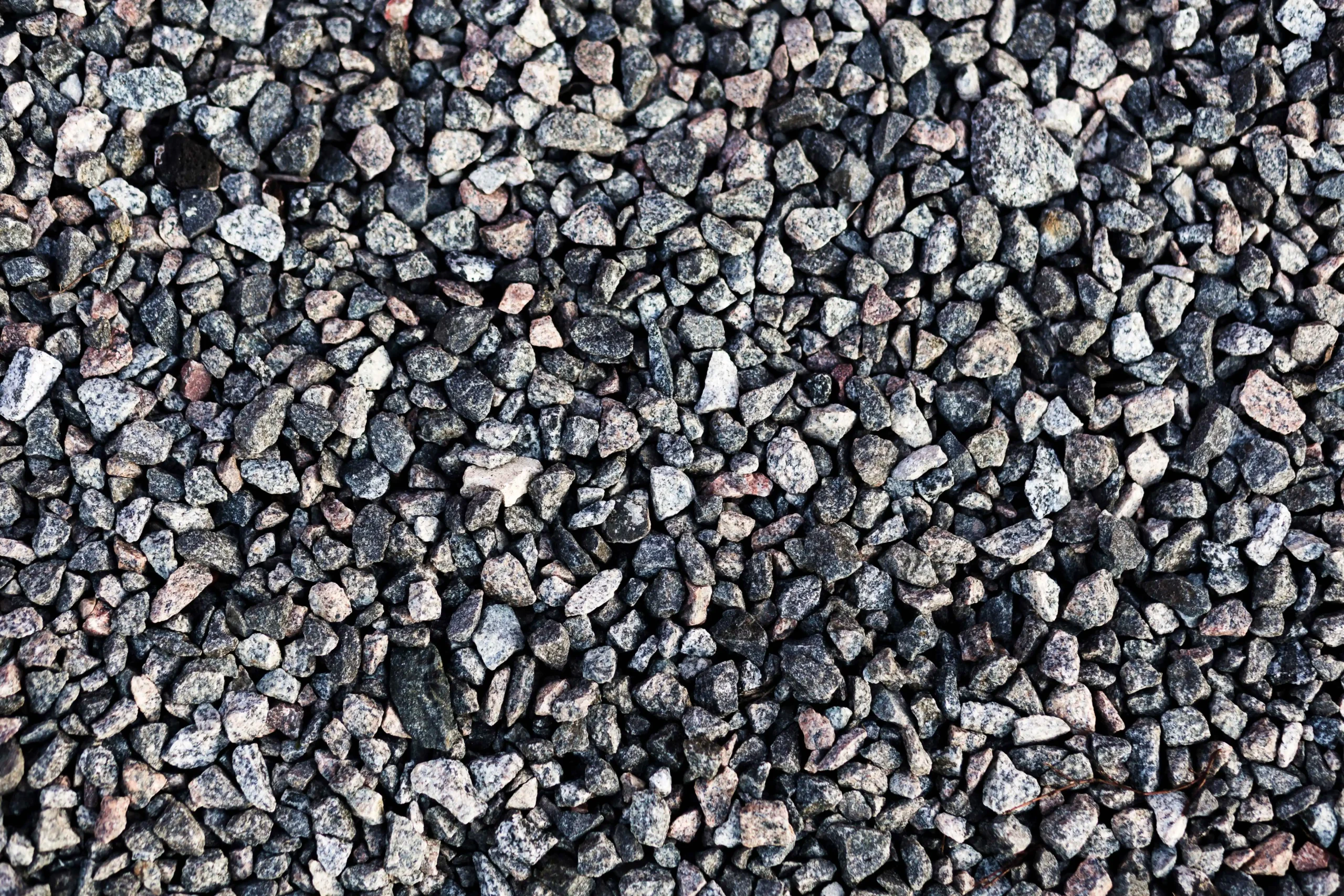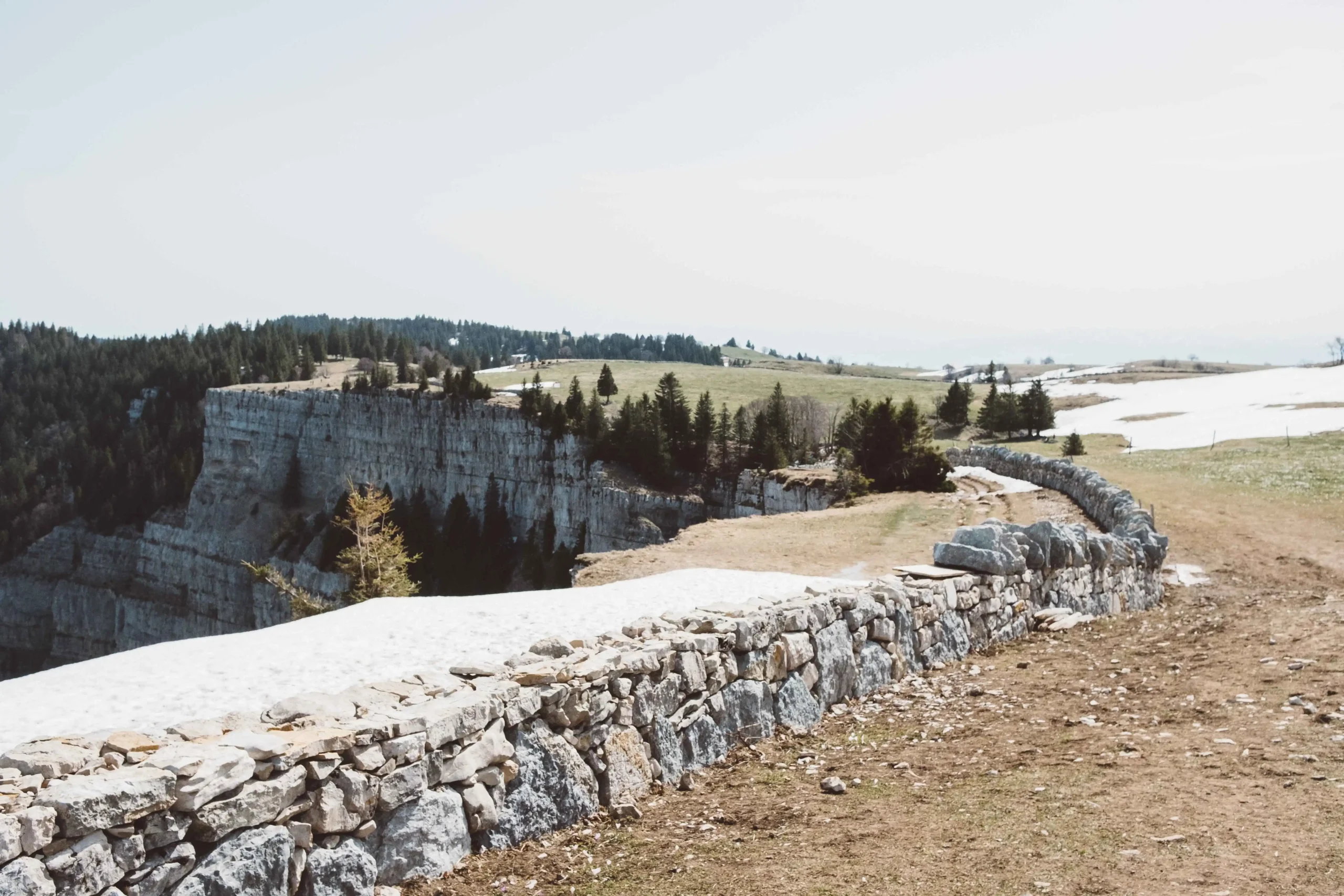Red architectural stone: Have you ever seen a construction or a monument manufactured from beautiful red stone? You may additionally have determined how colorful and sturdy it seems. Red architectural stone is a completely unique shape of stone used to assemble huge, sturdy houses and make lovely decorations. It is a herbal stone; due to this, it comes from the earth and is used for many things like walls, floors, statues, and more!
In this newsletter, we will examine the entirety of crimson architectural stone—where it comes from, how it’s used, and why it’s so unique. We may even discover a few fun facts that you may not recognize! So, permit’s get started.
Table of Contents
What is Red Architectural Stone?
Red architectural stone is any form of herbal stone with a crimson color. This stone is utilized in many homes and decorations as it seems brilliant and sturdy. The crimson shade comes from a problem called iron oxide (also known as rust). This offers the stone its notable crimson and orange tones.
There are one-of-a-type forms of crimson stone. Some of the most commonplace ones are:
Red Granite is a very difficult stone. It is used to assemble statues, monuments, and kitchen countertops.
Red Sandstone is softer and frequently used to make walls and floors.
Red Limestone: This stone is much less challenging to carve, so people use it to make decorations and sculptures.
Red Marble: This stone appears vibrant and excellent. It is used in steeply-priced buildings and specific places like temples.
Where Does Red Stone Come From?
Red architectural stone comes from deep under the ground. It is discovered in locations where the earth has loads of iron and minerals, which give the stone its colour.
How Red Stone Is Found:
Quarrying: People discover purple stones by digging deep into the earth. This is called quarrying. They use large machines to lessen the stone into blocks. The blocks are then original into smaller portions for building subjects.
Countries That Have red architectural stone : Many international places around the arena have pink stones. Some of the most crucial places where people find pink stones are in India, Brazil, Africa, and the USA.
Did you understand? The Red Fort in India is made from purple sandstone that has grown to be quarried in India itself!
Fun Facts About Red Stone
Here are some excellent topics about crimson architectural stone that you can not apprehend:
Ancient Use: People have used pink stone for thousands of years. The Egyptians used pink sandstone to construct temples and statues, while the Romans constructed big houses using purple marble.
Heavy and Strong: Red architectural stone is so sturdy that it may last for hundreds, even hundreds, of years! This is why we see several antique monuments and statues made from purple granite despite the reality of that status these days.
Heat Resistance: Red architectural stone , especially crimson granite, can withstand hot climates and won’t break or crack. That’s why humans use them for building in especially warm places.
Perfect for Sculpting: Because pink sandstone is softer than granite, artists and sculptors can carve stunning shapes. They use it to make statues and creative endeavors.
Made with the aid of Nature: Red stone is a herbal fabric, which means it is right for the planet. It doesn’t need to be made in a manufacturing unit and lasts long.
Uses of Red Architectural Stone
Now that we realize what purple architectural stone is and where it comes from, let’s talk about how it’s used. People use red architectural stone in many techniques, from constructing homes to developing stunning decorations. Here are some of the most popular makes use of:
1. For Building Big Buildings (Facades)
Red stone is regularly used on the out of doors of houses to make them appear robust and beautiful. The out-of-doors of a building is called the facade. When builders use red architectural stone for facades, the building seems bright, precise, and grand.
The Red Fort in India is a splendid example. It is fabricated from purple sandstone, and its partitions are solid because of the stone.
2. For Making Statues and Monuments
Red stone, specifically red granite, often makes statues and monuments lasting hundreds of years. The red shade makes the monuments look essential and elegant.
For instance, the Statue of Liberty in the USA is made with remarkable stone styles, but it has red architectural stone at the lowest. This granite has lasted over one hundred years, and notwithstanding the reality that it looks first-rate!
3. For Beautiful Floors and Walls
Red architectural stone can also be used indoors, on floors and partitions. People love the look of purple stone in kitchens, lavatories, and living rooms.
Red architectural stone and purple granite are used to make fancy kitchen countertops because they are sturdy and look great.
4. For Creating Beautiful Decorations
Red architectural stone may also be used for ornamental gadgets like columns, arches, and fireplaces. These decorative quantities make houses and houses appear even more stunning and precise. The warm color of the purple stone offers a unique touch to any room or outdoor space.
Famous Places Using Red Stone

Red architectural stone isn’t simplest utilized in houses but in well-known historic homes, monuments, and towns around the area. Here are a number of the most famous places in which purple stone has been used:
1. The Red Fort, Delhi, India
The Red Fort in Delhi, India, is one of the most well-known houses made from red stone. It is crafted from purple sandstone and grew to be built in the 1600s via the use of the Mughal emperor Shah Jahan. The Red Fort is a symbol of India’s history and way of life, and it’s by far one of the most visited tourist spots in the U.S.A.
The Red Fort is known for its grand structure and beautiful pink partitions. It took numerous years to assemble and is now a UNESCO World Heritage Site.
2. The Alhambra, Spain
The Alhambra in Spain is some other famous place that uses pink stone. It is an ancient palace and citadel complicatedly constructed with the beneficial aid of the Moors in the 13th century. Some components of the Alhambra are manufactured from crimson sandstone that have turn out to be quarried domestically.
The hot crimson shade of the stone makes the palace appearance lovely, and it blends enormously with the surrounding gardens and fountains.
The Alhambra is famous for its intricate designs, fountains, and cute courtyards, and it is honestly considered one of Spain’s best-known tourist sights.
3. The Red Fort, Lahore, Pakistan
There is also a Red Fort in Lahore, Pakistan. Like the handiest in Delhi, the Lahore Red Fort grows to be made from pink sandstone. This citadel was modified and built at some stage in the Mughal Empire and is famous for its sturdy walls and fashionable format.
The Lahore Red Fort grow to be used as a palace for the Mughal emperors and is now a UNESCO World Heritage Site.The fort’s purple stone walls supply it with a powerful and majestic appearance, and it is a crucial ancient net website online in Pakistan.
4. The Capitol Building, United States
The Capitol Building in Washington, D.C., is another famous pink stone shape in the United States. The Capitol Building is where the U.S. Congress meets.
The crimson granite in the creation permits the construction to stand out and offers a grand and dignified look.
Many famous speeches and essential selections were made in the Capitol, and the construction is one of the most recognizable symbols of American democracy.
5. The Tomb of Humayun, India
The Tomb of Humayun, located in Delhi, India, is a vital example of pink stone used in Indian architecture. The tomb, constructed in the 1500s from crimson sandstone, is one of the first Mughal-style tombs in India and has inspired many later homes, including the Taj Mahal.
The use of crimson sandstone makes the tomb stand out, and its beautiful gardens and massive dome make it a big-ranging ancient internet website.
Comparison: Red Architectural Stone vs. Other Stones
When choosing a constructing cloth, people frequently take a look at tremendous varieties of stone primarily based definitely mostly on elements like power, look, cost, and sturdiness. Let’s examine pink architectural stone to one-of-a-type well-known stones like granite, marble, sandstone, and limestone.
Red Stone vs. Granite
Strength: Granite is one of the most challenging stones and is extraordinarily durable. red architectural stone, mainly, is a concept for its functionality to face as much as harsh climate conditions without cracking or fading.
Appearance: Granite can are available in many colors, but crimson granite stands out for its deep, wealthy color. While purple granite is beautiful, it can now and again be greatly high-priced due to its durability and rarity.
Better For: Red architectural stone is remarkable for outdoor monuments, statues, and countertops, for which durability is a concern. It is higher than one-of-a-kind stones in terms of durability in excessive climate conditions.
Red Stone vs. Marble
Strength: Marble is softer than granite, so it can be used extensively without problems, such as scratched or damaged. Red architectural stone can be durable but is not as tricky as purple granite or sandstone.
Appearance: Marble is an idea that is based on its clean, vibrant floor and fashionable appearance. It is frequently applied in luxurious homes, at the same time as crimson stone (specifically purple sandstone), which is extra rustic and heat.
Better For: Red architectural stone, particularly red sandstone, is higher for out of door use or in areas wherein the stone wants to be carved into designs. It is marble but is not unusual for indoor décor, like floors, walls, and fancy columns.
Red Stone vs. Sandstone
Strength: Sandstone is usually softer than granite, but red sandstone may be appreciably robust even when used in the right situations. It is less difficult to carve, making it suitable for sculptures and ornamental works.
Appearance: Red sandstone has a warm, earthy tone and is regularly used to develop intricate designs or to give homes an easy appearance.
Better For: Red sandstone is better for carving and developing lovable, targeted sculptures, even as different stones like granite or marble are regularly used for significant, structural initiatives.
Red Stone vs. Limestone
Strength: Limestone usually is softer than crimson stone, which makes it less complex to work with. However, it is also more prone to place and tear.
Appearance: Limestone is typically lighter in color than Red architectural stone and has a more unbiased look. Red stone provides a colorful and steeply-priced coloration that makes systems stand out.
Better For: Red architectural stone is better for heavy-obligation advent and duties in which electricity is important, while limestone is often used for carvings and decorative factors.
Why Red Stone is Better Than Other Stones
Durability: Red architectural stone and pink sandstone are exceedingly long-lasting and can withstand harsh climates, making them superb choices for outside houses and monuments.
Aesthetic Appeal: The warmth and rich tones of pink stone make it a standout cloth. It’s first-rate for growing an announcement and which includes a high-priced touch to any shape.
Carving Ease: For artists and sculptors, red sandstone and crimson limestone are less complicated to carve than granite or marble, bearing in mind extra exceptional work.
Cost-Effective: While granite and marble may be steeply priced, crimson stone (particularly sandstone) is frequently much less expensive, making it a fantastic choice for every enterprise and home obligation.
User Reviews: What People Are Saying About Red Architectural Stone

1. Anjali from India: “A Historical Masterpiece”
“I presently visited the Red Fort in Delhi and was truly amazed by the beauty of the crimson stone used inside the shape. The pink sandstone gives the citadel a warmth and majestic sense, and it’s hard to believe that it’s been famous for hundreds of years. The castle appears even more stunning within the sunlight, and the durability of the stone suggests that it’s constructed to close. I suppose pink stone is an incredible fabric, especially for historic monuments. It’s fine for developing that undying, regal appearance.”
2. John from america: “Perfect for Outdoor Spaces”
“We nowadays decided to renovate our out of doors, and we favored to use herbal stone for the walls and pathways. After researching, we used purple granite for our outdoor patio and pink sandstone for the walkway. I become concerned about how it would preserve over time, but after a few months, I can already see how sturdy and climate-resistant it is. The pink coloration is so colourful, making our out of doors stand out. It’s not simplest durable but gives our outside area a unique and high priced look. I drastically advise Red architectural stone for any outside mission.”
3. Emily from Spain: “Elegance and Durability Combined”
“We used crimson marble for the floors in our new domestic, and it’s been a preference. I became interested in the splendor and herbal splendor of crimson marble, which affords a sense of class to our dwelling room. What’s even more remarkable is how nicely it holds up—our flooring have remained scratch-free, and the crimson coloration hasn’t faded the least, irrespective of being in direct sunlight for hours every day. I experience like this could final for generations, and I love how easy it is to smooth. red architectural stone is the perfect mixture of splendor and practicality.”
4. Ahmed from Pakistan: “The Symbol of Strength and History”
“The Lahore Red Fort has been part of our history for hundreds of years, and seeing the pink stone up close to is honestly breathtaking. The pink sandstone used inside the fortress has withstood a lot placed on and tear from the climate, but it continues its splendor. As someone who loves data and structure, I experience proud that this material changed into applied in such an crucial form. Like the simplest used proper right here, red stone has a long-lasting splendid. It’s the ideal desire for homes intended to very last via time.”
5. Laura from Brazil: “Durable Yet Affordable”
“When we decided to convert our place of work, we have been looking for a stone that have become each long lasting and visually attractive, but with out the excessive charge tag of marble. We ended up the use of purple sandstone for our place of job lobby. The stone’s color is beautiful, and it’s substantially much less pricey for one of these long-lasting fabrics. The extraordinary element is how smooth it’s miles to maintain. The stone seems brilliant and nevertheless holds up properly beneath heavy foot traffic. Red stone is a clever preference for folks who want a stylish and robust material without spending a fortune.”
6. Lucas from the UK: “Perfect for Carvings and Sculptures”
“I art work as a sculptor and frequently use purple sandstone for my art work. It’s this type of remarkable material for carving—it’s tender sufficient to artwork with, but durable sufficient to create precise sculptures. I love the exceptional and comfortable, earthy tone of crimson sandstone; it offers my quantities a specific character that special stones can’t in form. I’ve used it for severa public artwork installations, and the remarks has been splendid. People in truth understand the richness and intensity of color that crimson stone brings to paintings.”
Conclusion
Red architectural stone is a precise and robust material that has been used for thousandsmany years to create stunning buildings, statues, and decorations. Whether it’s purple granite, sandstone, limestone, or marble, red stone is cherished for its beauty, strength, and durability.
People use red stone for everything from walls and floors to monuments and sculptures, and it has endured for millions of years. Famous locations like the Red Fort, the Alhambra, and the Capitol Building are just a few examples of how crimson stone is used around the arena.
When compared to outstanding stones, red stone shines in durability, cost-effectiveness, and aesthetic appeal. It is the right fabric for everybody seeking to gather something lovable, long-lasting, and specific.
So, next time you notice a purple building or statue, you’ll recognize that it’s crafted from a cloth that has been precious for millions of years and could remain renowned for many years to come!
What are the benefits of using red architectural stone in construction?
Red architectural stone offers several benefits, including:
- Aesthetic Appeal: Its bold and striking color creates a beautiful contrast in architectural designs.
- Durability: Many red stones, like granite or sandstone, are highly durable and weather-resistant, making them ideal for both indoor and outdoor use.
- Versatility: It works well in various design styles, from traditional to contemporary.
- Unique Texture: The natural textures and patterns in red stone add to its visual appeal. Red architectural stone blog
What types of red stones are used in architecture?
Common types of red stones used in architecture include:
- Red Sandstone: Known for its warmth and rich color, commonly used in historical buildings and outdoor landscaping.
- Red Granite: A highly durable and strong stone, ideal for both structural and decorative purposes.
- Red Marble: Often used for high-end interior design, including countertops and flooring.
- Red Limestone: Used in both residential and commercial projects for its distinctive appearance and ease of carving Red architectural stone blog
How does red architectural stone compare to other types of stone in terms of strength?
Red architectural stones, like red granite, are typically stronger and more durable than stones like marble or limestone. Granite, for example, is known for its hardness and resistance to wear, making it ideal for high-traffic areas or buildings exposed to harsh weather conditions. However, softer stones like red sandstone and limestone may be more susceptible to erosion and weathering over time. Red architectural stone blog
Are there any hidden drawbacks to using red architectural stone?
While red architectural stone has many advantages, there are some potential drawbacks:
- Cost: High-quality red stones like granite or marble can be expensive, both in terms of material and installation.
- Maintenance: Some types of red stone, particularly softer varieties like sandstone, may require more frequent maintenance and sealing to prevent staining and weathering.
- Weight: Heavy stones can be more difficult and costly to transport and install.
- Color Fading: Prolonged exposure to sunlight and environmental elements can cause the color of some red stones, especially sandstone, to fade over time. Red architectural stone blog
How do I maintain red architectural stone?
To maintain red architectural stone, consider these tips:
- Regular Cleaning: Clean the stone regularly with a soft cloth and mild detergent to avoid buildup of dirt and grime.
- Sealing: Seal red stone surfaces (especially softer stones like sandstone or limestone) to prevent staining and water absorption.
- Avoid Harsh Chemicals: Avoid using acidic cleaners or harsh chemicals that could damage the stone’s surface.
- Protect from Weather: If used outdoors, apply protective coatings to safeguard against harsh weather conditions. Red architectural stone blog
Can red architectural stone be used for both indoor and outdoor applications?
Yes, red architectural stone is highly versatile and can be used in both indoor and outdoor applications. For indoor use, it is commonly used in countertops, flooring, and feature walls. Outdoors, it is used for facades, landscaping, garden sculptures, and patios. The specific type of red stone chosen will depend on the application, with granite or marble being ideal for indoor, high-traffic areas, and sandstone or limestone suited for outdoor landscaping. Red architectural stone blog
Does red architectural stone require special care in outdoor environments?
Yes, outdoor applications of red architectural stone may require extra care. Here are some considerations:
- Protection from the Elements: Ensure that the stone is sealed to protect it from rain, snow, and temperature fluctuations that can cause damage.
- Sun Exposure: Red stones, particularly sandstone, may fade or discolor over time with prolonged exposure to the sun, so it’s essential to check for any fading or discoloration periodically.
- Freeze-Thaw Cycles: In colder climates, freeze-thaw cycles can cause cracking in softer stones, so make sure to choose a stone suitable for such conditions. Red architectural stone blog
How does the color of red architectural stone change over time?
The color of red architectural stone can change over time due to weathering and exposure to environmental elements. Softer stones, like sandstone, may lose some of their vibrant red hue, becoming duller or developing a weathered appearance. However, granite and marble tend to retain their color better over time, though they may still experience minor fading with prolonged exposure to sunlight.Red architectural stone blog Red architectural stone blog
Is red architectural stone eco-friendly?
Red architectural stone can be considered eco-friendly in some cases. As a natural material, it is durable, long-lasting, and does not contribute to pollution when properly maintained. However, the environmental impact depends on how the stone is sourced and transported. Opting for locally sourced red stone and ensuring responsible mining practices can help reduce its environmental footprint. Red architectural stone blog


